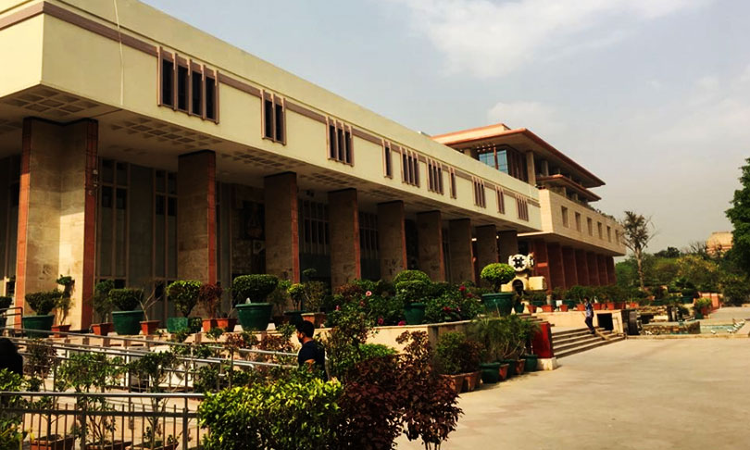How Can Magistrate Try Offences With 10 Year Jail Term When He Cannot Award More Than 3-Yr Imprisonment? Delhi HC Seeks Centre's Response
akanksha jain
8 May 2019 10:47 AM IST

Offences with 10-yr jail term being tried by a magistrate who cannot award more than 3-yr jail
Next Story


